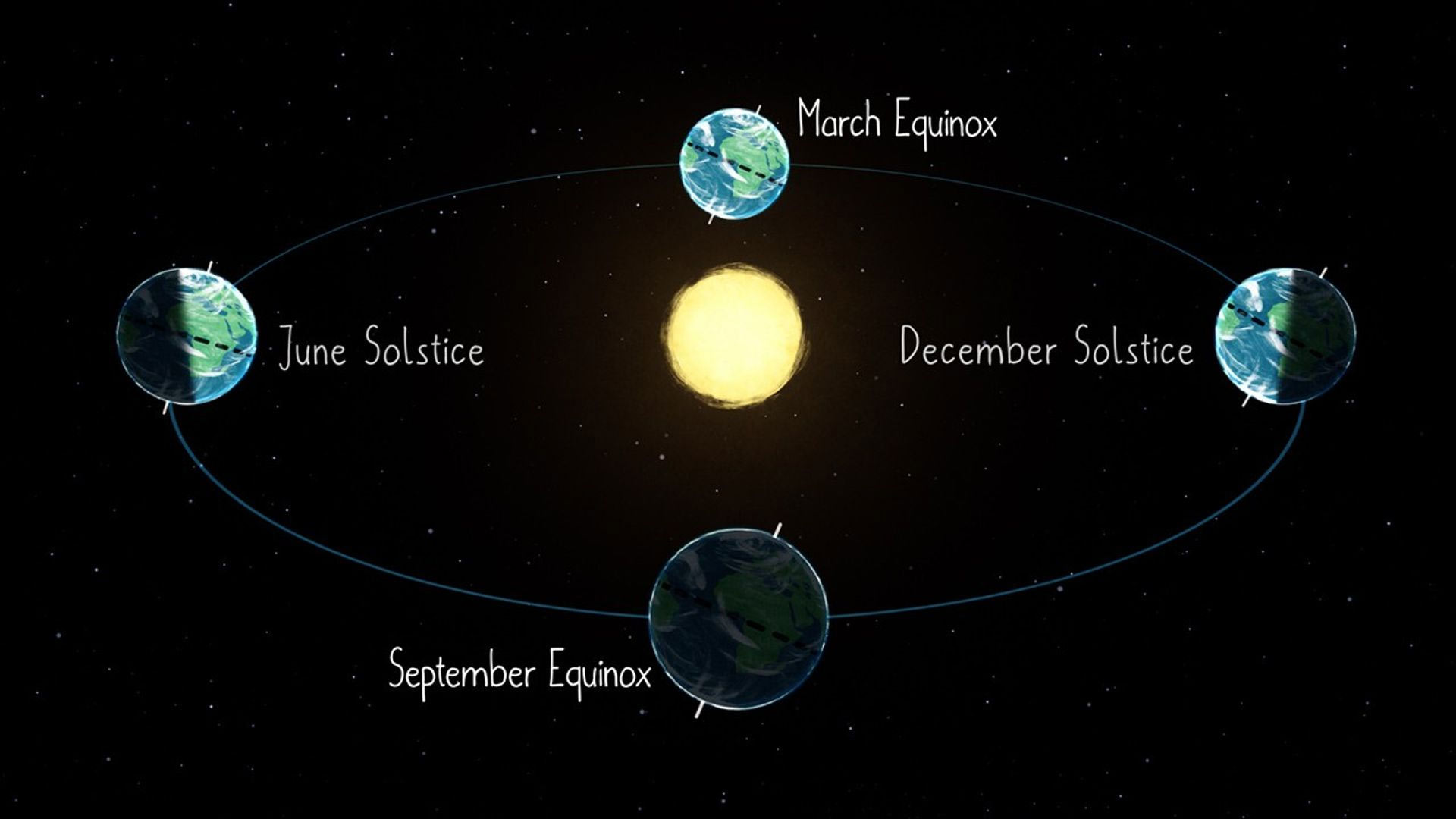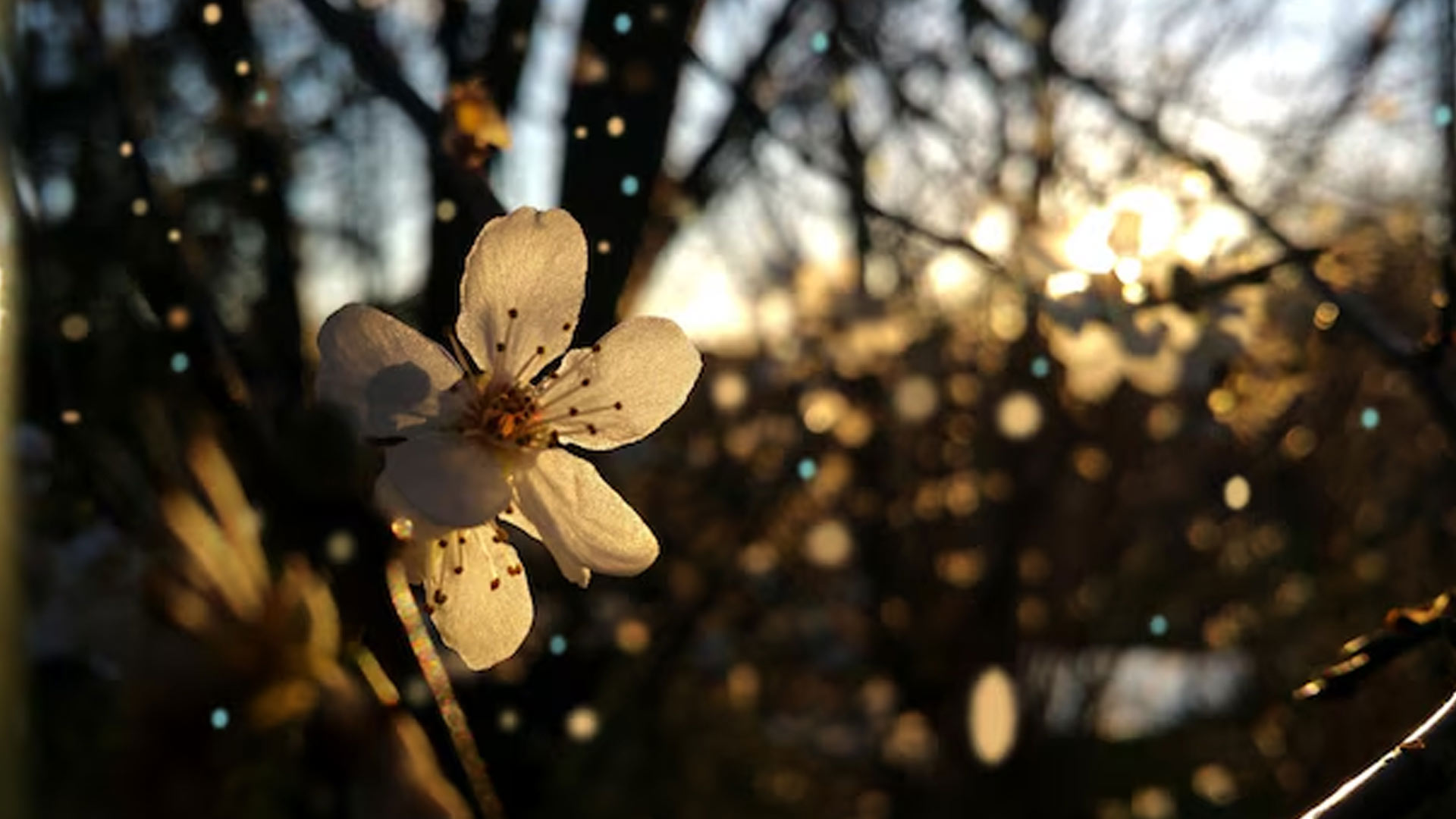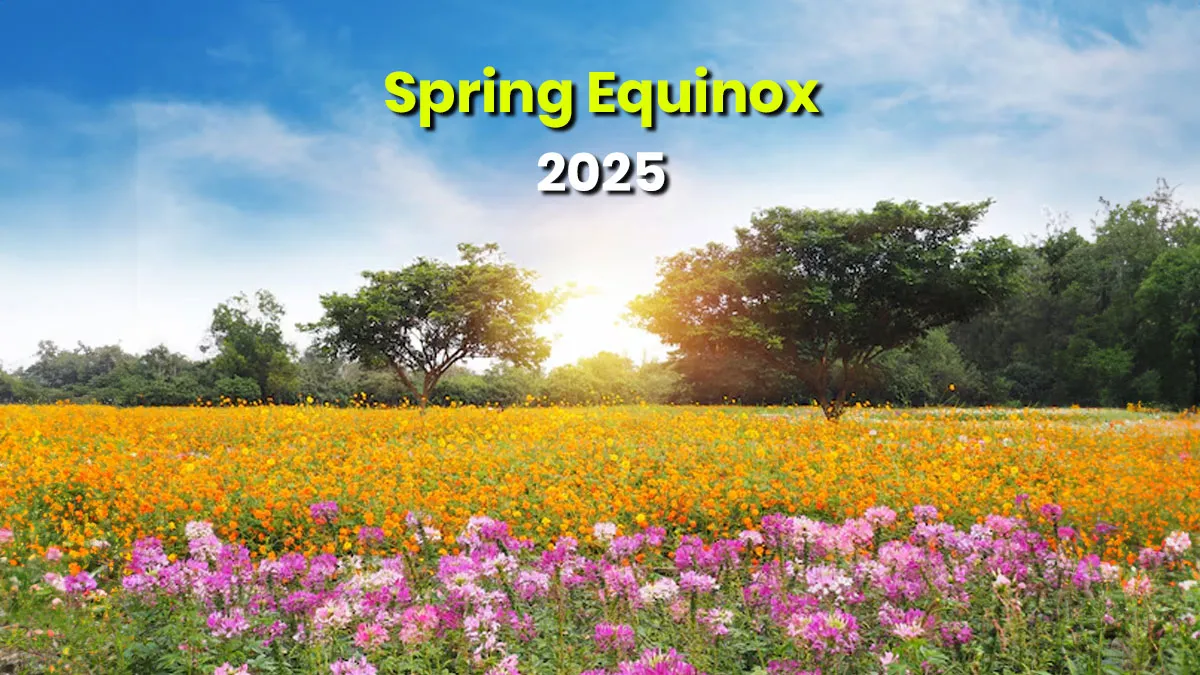The Vernal Equinox, also called the Spring Equinox, is an important astronomical phenomenon that signals the beginning of spring in the Northern Hemisphere. It takes place when the Sun moves across the celestial equator, shifting from the Southern Hemisphere to the Northern Hemisphere. So, when does spring officially begin in 2025? Read on as we uncover all the details.
What Is Spring Equinox 2025?
The word 'Equinox' comes from Latin, where 'equi' means 'equal' and 'nox' means 'night.' The March equinox is one of only two days each year when day and night are nearly equal in length across the globe, with approximately 12 hours of daylight and 12 hours of darkness.
This event occurs when the Sun is positioned directly above the equator at midday. In the Northern Hemisphere, the March equinox is referred to as the Spring Equinox because it marks the time when this part of the Earth begins to receive more daylight than darkness, leading to warmer temperatures. Meanwhile, in the Southern Hemisphere, the opposite happens—it signifies the transition from summer to autumn as the region tilts away from the Sun.

This astronomical event typically falls around March 20–21 each year, and in 2025, the Vernal Equinox will take place on March 20, 2025.
Don't Miss:Seven Planet Alignment: Where And How To Watch This Rare Cosmic Phenomenon
Spring Equinox 2025: Significance
Equinoxes take place when neither hemisphere is tilted toward or away from the Sun. This alignment causes the Sun to be directly above the equator, ensuring that both hemispheres receive nearly equal sunlight. According to NASA, after the Spring Equinox, the Northern Hemisphere tilts toward the Sun, resulting in longer daylight hours and earlier sunrises.
In Hindu astrology, the Vernal Equinox is known as Vasant Sampat or Vasant Vishuva. The term "equinox" originates from the Latin words aequus (equal) and nox (night), signifying the equal balance between day and night.
Following the March Equinox, the Northern Hemisphere experiences warmer days, blooming flowers, and lush greenery, while the Southern Hemisphere shifts into cooler temperatures, falling leaves, and shorter daylight hours.
A Symbol of Balance and Renewal
The Vernal Equinox represents balance, light and dark, yin and yang. Many cultures observe this day with meditation, energy healing, and cleansing rituals, embracing the harmony of nature and the renewal of life.
During equinoxes, the Sun illuminates both the Northern and Southern Hemispheres equally, making them the only times of the year when both the Earth's North and South Poles receive sunlight at the same time.

Can You See The Spring Equinox?
The equinox is not a visibly dramatic astronomical event, except for the sun appearing higher in the sky at midday in the Northern Hemisphere. However, it can be best observed during sunrise or sunset on the equinox day, as it is the only time of the year when the Sun rises exactly due east and sets exactly due west. According to EarthSky, the equinoxes also bring the fastest sunrises and sunsets of the year.
Keep reading Herzindagi for more such stories.
Credits: NASA/Freepik

Take charge of your wellness journey—download the HerZindagi app for daily updates on fitness, beauty, and a healthy lifestyle!

Comments
All Comments (0)
Join the conversation